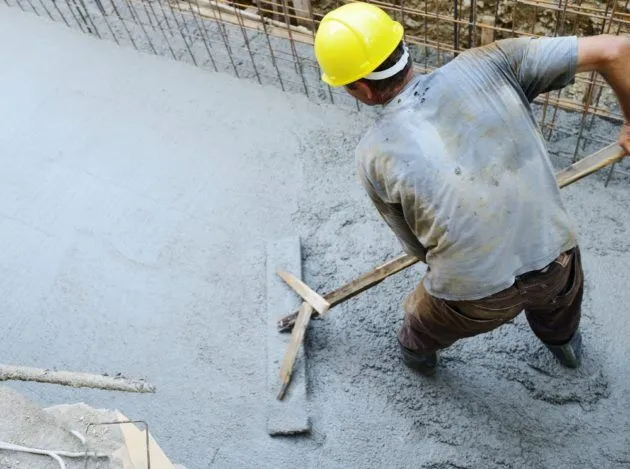
Why concrete maintenance is crucial for structural integrity?
Concrete is the most widely used construction material in the world. It’s versatile, durable, and cost-effective. However, like anything else, concrete requires proper maintenance and care for its long-term performance. Neglecting concrete maintenance leads to a range of issues that compromise the structure’s integrity.
Concrete deterioration
Concrete deteriorates for several reasons. Environmental factors like weather, temperature changes, moisture, and exposure to chemicals cause the concrete to degrade over time. Other factors like poor initial pouring, inadequate curing and excessive loading also damage concrete. Common signs of concrete deterioration include:
- Cracking – This occurs when concrete expands and concrete Campbelltown due to temperature changes or stress. Cracks allow water and contaminants to seep in, leading to further damage.
- Spalling – Concrete edges and surfaces start flaking off, exposing the steel reinforcement bars inside. This is caused by freeze-thaw cycles or corrosion of the steel bars.
- Efflorescence – White powdery deposits appear on concrete surfaces due to moisture seeping through and reacting with chemicals in the concrete. This usually indicates water infiltration issues.
- Scaling – The concrete surface starts peeling and flaking due to freeze-thaw cycles or exposure to deicing salts. This deteriorates the appearance and surface integrity.
- Crumbling – Concrete sections start disintegrating into small pieces and debris due to physical damage or reaction with contaminants.
These deterioration issues progressively damage the concrete. If left unchecked, they compromise the concrete’s load-bearing capacity and cause structural instability and failure. Repairing deteriorated areas, replacing damaged handrails, and fixing unstable sections reduces hazards for workers and improves on-site safety. Neglecting maintenance leads to damages, accidents, and even total collapse. It leads to expensive lawsuits and reputational damage for the facility owner. Proper maintenance avoids these liability issues.
Concrete maintenance tips
To reap the benefits of concrete maintenance, building owners and facility managers need to make it a routine practice. Here are 8 tips for proper concrete care:
- Clean regularly – Sweep and mop floors, remove dirt and debris on surfaces, and clean oil/chemical spills to prevent staining and contamination.
- Inspect annually – Do a thorough inspection for cracks, erosion, scaling, and other issues. Check roof and balcony slabs for waterproofing failure.
- Seal surfaces – Apply sealants to exposed concrete to prevent intrusion from water, chlorides, and other chemicals. Re-seal every 3-5 years.
- Control vegetation – Remove weeds, vines, and other plants growing on or against concrete. Vegetation causes erosion and cracking.
- Repair quickly – Fix cracks, spalls, damaged joints, and other issues immediately to prevent worsening of damages.
- Watch for leaks – Detect and repair leaky pipes, gutters, and fixtures that drip water onto concrete and cause erosion.
- Guard against impact – Protect corners, edges, and protrusions from vehicular and equipment impact using bollards and barriers.
- Hire a professional – Consult qualified concrete repair contractors for complex maintenance issues like structural cracks, scaling, and spalls.
Following these best practices will ensure your concrete structures remain in top shape for many years. The small investment in regular upkeep goes a long way in avoiding large-scale repairs and replacements down the road.
